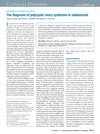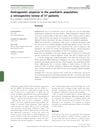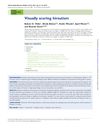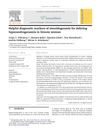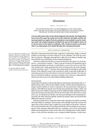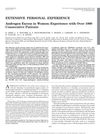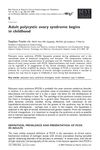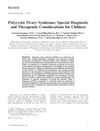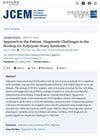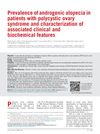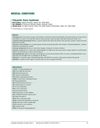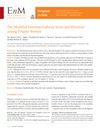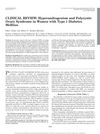A Rational Approach to the Diagnosis of Polycystic Ovarian Syndrome During Adolescence
November 2011
in “
Arquivos Brasileiros De Endocrinologia E Metabologia
”
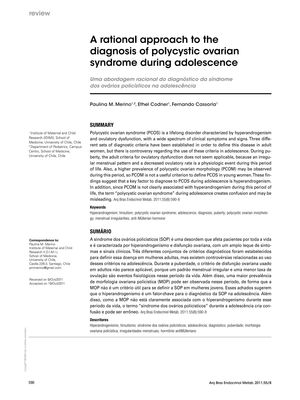
TLDR Diagnosing PCOS in teenagers should focus on signs of excess male hormones and not rely solely on ovarian ultrasound or irregular periods, and should be reassessed in adulthood.
The document from 2011 reviews the difficulties in diagnosing polycystic ovarian syndrome (PCOS) in adolescents, due to the overlap of PCOS symptoms with normal puberty changes. It suggests that the diagnostic criteria for PCOS in adults are not directly applicable to adolescents, emphasizing that hyperandrogenism, particularly hirsutism and biochemical hyperandrogenism, should be the focus for diagnosis in young females. The document notes that while polycystic ovarian morphology (PCOM) is common in adolescents, it may not be indicative of PCOS and should not be a standalone diagnostic criterion. Menstrual irregularities, specifically cycles longer than 45 days, are also considered important for diagnosis. The authors recommend monitoring intermediate phenotypes and re-evaluating in early adulthood, while also considering the potential negative impacts of a PCOS diagnosis during adolescence. The document does not provide specific numbers of people studied, as it is a review of diagnostic criteria and approaches rather than a study with participants.
